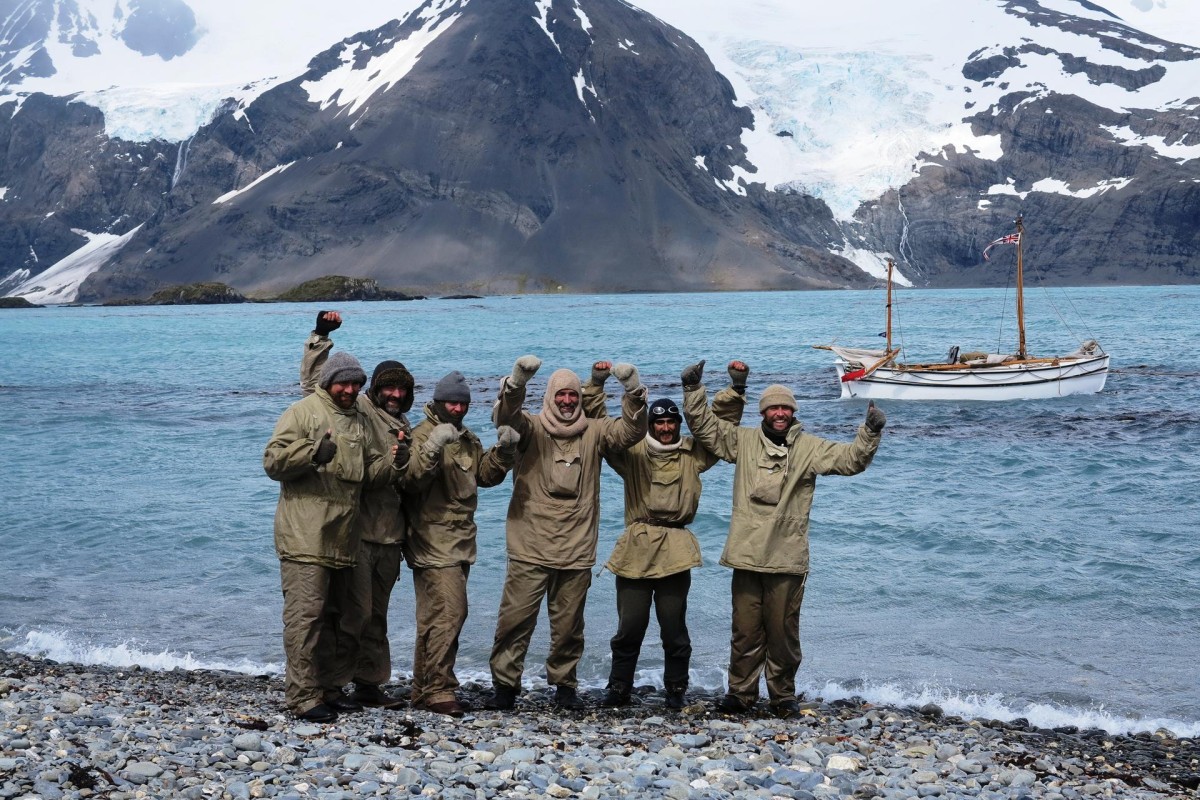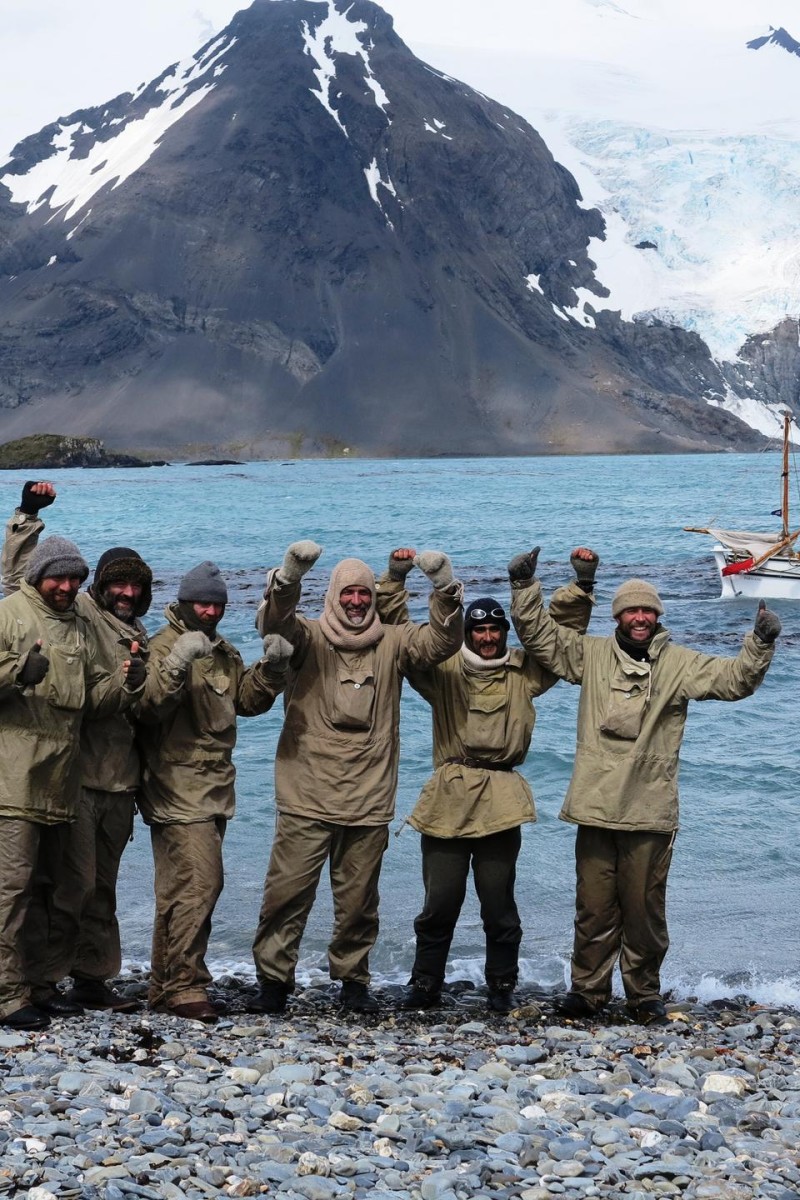 Tim Jarvis and his team recreated a gruelling, 100-year-old expedition.
Tim Jarvis and his team recreated a gruelling, 100-year-old expedition.This year marks the 100th anniversary of the beginning of British explorer Ernest Shackleton’s expedition across Antarctica. He dreamed of becoming the first person to cross Antarctica via the South Pole.
But his hopes were dashed when his ship, Endurance, became trapped in ice and sank. The 28-strong crew spent the next one-and-a-half years struggling for survival on the frozen continent.
They were only rescued after Shackleton and five of his crew sailed across the treacherous Southern Ocean in a small wooden lifeboat to get help.
It is hard to imagine the danger, fear and cold faced by the Endurance’s crew. But British-Australian adventurer Tim Jarvis wanted to go a step further. He wanted to experience it himself.
Last year, Jarvis re-enacted Shackleton’s rescue mission using the same century-old navigation equipment, clothing, food supplies and design of boat. He was invited to commemorate the expedition by the great explorer’s granddaughter, Alexandra Shackleton.
Young Post met Jarvis while he was in Hong Kong last month to speak about the trip. He already held the world record for the fastest unsupported journey to the geographic South Pole and the longest unsupported Antarctic expedition.
During the three-week expedition – which took four years to organise –, Jarvis and his five crew members left modern technology behind in favour of more traditional tools, like a compass, a chronometer and a sextant.
Faced with the monstrous sea and stormy weather, Jarvis and the crew had to a hard time working out their location and direction.
“We had to accurately take into account the changing weather, wind direction, storms and current. It was like calculus.”
Getting lost wasn’t their only worry. The crew were constantly hungry and wet because, wanting to eat and dress just like Shackleton had, the team’s diet consisted only of lard, high-protein sledging biscuits, sugary tea and meat jerky; and they have to wear period clothing which wasn’t waterproof.
“The clothing was really terrible for [Shackleton] we just copied what he had... When the first wave came, I was already soaked and never dried properly. It was really unpleasant.”
The scariest moment came when they reached South Georgia – where Shackleton sought help from a whaling station. Heavy winds and currents almost thrust their boat into the cliffs.
“With a boat so primitive, you can only work with what you have,” says Jarvis. “You can’t turn around; all you can do is fine-tune where you land.”
It was at times like this that Jarvis began to question whether the expedition was a good idea.
“I thought if anybody died on the journey, it’s my idea. If I don’t make it, my reputation is at stake. If it went wrong, somebody would say it [was] a stupid thing to do,” he says.
“You have to be strong and remind yourself why you wanted to do it … think of positive images to keep your confidence up.”
And confronted by adversities, Jarvis had to look to Shackleton for inspiration.
“[He could] motivate a very disparate group to achieve a common goal at seemingly impossible odds,” says Jarvis.
And it was important to remain positive during such a dangerous mission. With no life-jackets and freezing cold water, Jarvis says anyone falling overboard would have had no chance of survival.
So there was much relief when the team made it to their destination safely.
“It took me 48 hours after we physically stopped to come to a sense of [what we had achieved],” he says.
And he hopes that “we demonstrated we can [achieve] something deemed almost impossible with good planning, right motivation and great teamwork.”
